Just as autonomous vehicles are in their early stages, so is litigation involving autonomous vehicles. Although potential theories of liability have not been completely fleshed out in court, it is a safe bet we can expect the plaintiffs’ bar to bring negligence, product liability, and statutory claims. Autonomous vehicle manufacturers are currently testing different defenses, and autonomous vehicle manufacturers are expected to start creating other defenses which have not yet made a debut in civil litigation.
Assigning Liability to the Other Party
Autonomous vehicle manufacturers have started to rely on assigning liability to the driver or the injured party as a defense. This is similarly asserted in other civil suits, most commonly included in personal injury actions which do not involve autonomous vehicles. When police investigate a collision, they will typically draft a report outlining their investigation and who they believe is at fault based on the evidence they gathered. Autonomous vehicle manufacturers have recently been taking advantage of explicit or implicit assignment of fault in the report amongst the parties involved in the collision. When a report notes the other driver, not the autonomous vehicle driver, was at fault, manufacturers will use this evidence to evade liability. And of course, a law enforcement’s accident investigation will likely carry more weight in a jury’s mind rather than a manufacturer’s investigation.
The Accident was Unavoidable
Another defense autonomous vehicle manufacturers began asserting is the claim that no human driver or automated system could have avoided the collision. A legal scholar, Bryant Walker Smith, recently hypothesized whether a human driver or a comparable automated driving system could have done better under the same circumstances. Bryant Smith, Automated Driving and Product Liability, 2017 Mich. St. L. Rev. 1, 6 (2017). However, notably, no court or regulator has established the standard of reasonableness for the operation of autonomous vehicles yet.
The Autonomous Vehicle was not Designed for the Circumstance
Autonomous vehicle manufacturers may also potentially assert there was no defect in the design of the autonomous vehicle as the autonomous vehicle was not intended to handle the particular circumstances of the accident as a defense. In a Florida accident, the National Highway Traffic Safety Administration (“NHTSA”) investigated the crash and determined the “autopilot” function was designed to prevent Tesla cars from rear-ending other vehicles, not to handle situations where vehicles crossed the road from intersecting roadways. Because the self-driving system of the autonomous vehicle was not intended to handle the circumstances of the crash, the NHTSA concluded there was no defect in the design or performance of the autonomous vehicle. NHTSA, Special Crash Investigations: On-Site Automated Driver Assistance System Crash Investigation of the 2015 Tesla Model S 70D (Jan. 2018), https://crashstats.nhtsa.dot.gov/Api/Public/ViewPublication/812481.
So far, in autonomous vehicle litigation, courts have been considering and recognizing “an automobile manufacturer is under no duty to design an accident-proof or foolproof vehicle.” Larsen v. General Motors Corp., 391 F. 2d 495, 502 (8th Cir. 1968). However, this defense will likely be less useful if the circumstances of the accident are not rare. For example, if another vehicle collides with an autonomous vehicle as a result of simply changing lanes in front of the autonomous vehicle, this defense will likely not shield a manufacturer from liability.
Reasonable Industry Standards
In order to avoid liability, autonomous vehicle manufacturers will have to show they did not breach the industry standard of reasonable care for manufacturing the product. Autonomous vehicle manufacturers will face challenges as an industry standard has not been fully established. An industry standard for autonomous vehicles is only starting to develop. Although the NHTSA published voluntary guidelines, there is currently no regulatory framework. Autonomous vehicle manufacturers will have to rely on experts to assert what is reasonable.
Affirmative Defenses Against Drivers of Autonomous Vehicles
If a suit is filed by a driver of an autonomous vehicle claiming injuries, there are an assortment of affirmative defenses a manufacturer may assert. These include waiver, unforeseeable misuse, or assumption of risk under certain circumstances.
First, an autonomous vehicle manufacturer can assert “waiver” as a defense in the event they have people who sit in the “driver’s seat” and sign waivers or similar agreements prior to using an autonomous vehicle. Such agreements could require the person using the autonomous vehicle to agree to follow certain safety provisions, and would indemnify and hold the autonomous manufacturer harmless from the consequences of violating the provisions.
Second, autonomous vehicles manufacturers could assert the misuse or assumption of risk affirmative defenses. It may not be feasible to argue a driver assumed the risk of driving an autonomous vehicle using new and untested technology. If there is evidence a person who utilized an autonomous vehicle abused or changed the sensors or control systems, autonomous vehicle may be able to argue misuses or assumption of risk by pointing to this conduct.
Conclusion
As litigation involving autonomous vehicles becomes more frequent, we will see which defenses provide the best protection to manufacturers. Until then, manufacturers will be testing the different defense theories as they prepare for the unchartered field of autonomous vehicle litigation.
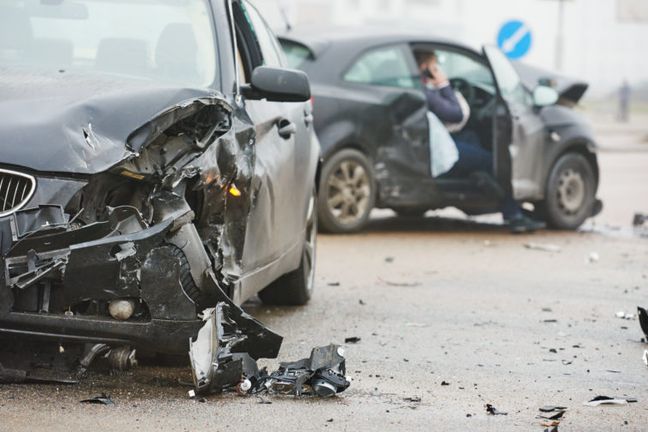
 Author: Rachel Donnelly
Author: Rachel Donnelly
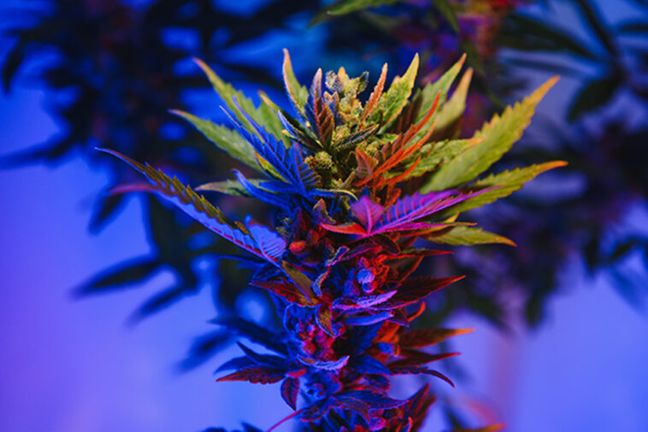 Cannabis Workers Allege Quota to Trim 4 Pounds a Day Violates the California Labor Code
Cannabis Workers Allege Quota to Trim 4 Pounds a Day Violates the California Labor Code
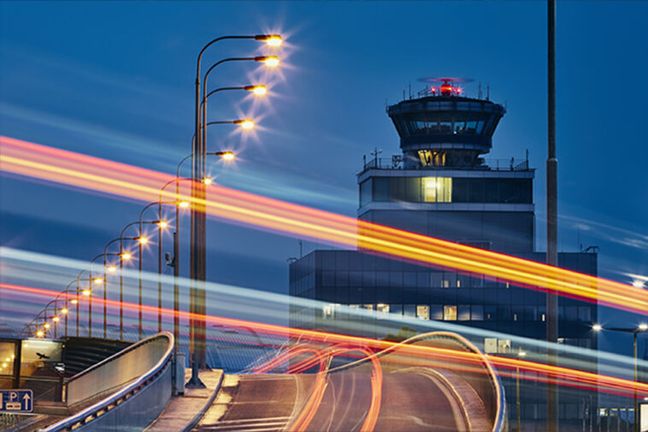 The Ninth Circuit Reminds Us: Every Word Matters
The Ninth Circuit Reminds Us: Every Word Matters
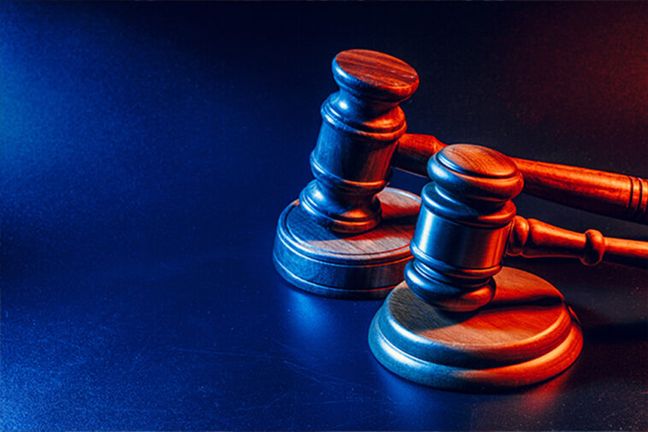 NO WAY, PRO SE! The Consequences of Abusing the Judicial System as a Pro Se Litigant in Colorado
NO WAY, PRO SE! The Consequences of Abusing the Judicial System as a Pro Se Litigant in Colorado
 Victim of Financial Mismanagement or Unlawful Retaliation? New Jersey City University Program Founder Claims School Retaliated After Reporting Alleged Sexual Harassment
Victim of Financial Mismanagement or Unlawful Retaliation? New Jersey City University Program Founder Claims School Retaliated After Reporting Alleged Sexual Harassment
 “Real Housewives” Gets a Reality Check
“Real Housewives” Gets a Reality Check
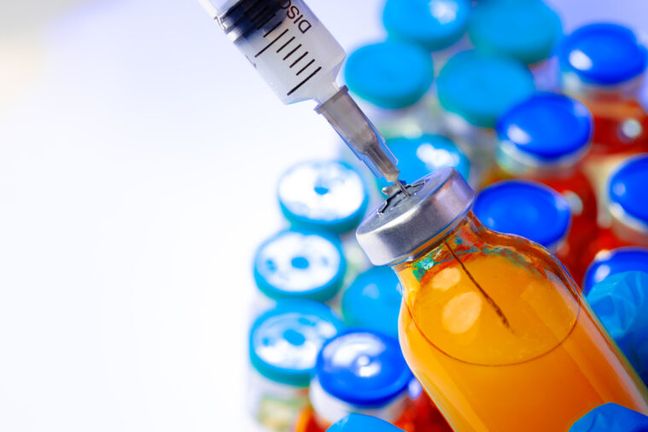 Missing a Chapter: Insufficiency of Expert Deposition Testimony in Medical Malpractice Litigation
Missing a Chapter: Insufficiency of Expert Deposition Testimony in Medical Malpractice Litigation
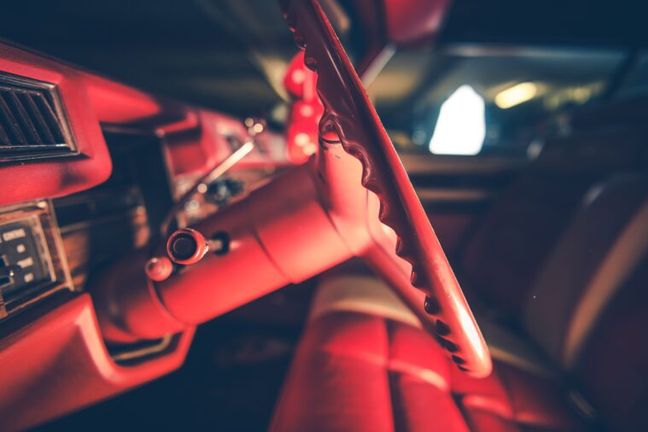 Crash Course: Why Summary Judgment Misses the Mark in Illinois Multi-Cause Limousine Crash Collision
Crash Course: Why Summary Judgment Misses the Mark in Illinois Multi-Cause Limousine Crash Collision
 Bitter Truths: Lead, Cadmium, and Defective Pleadings in California Chocolate Class Action
Bitter Truths: Lead, Cadmium, and Defective Pleadings in California Chocolate Class Action
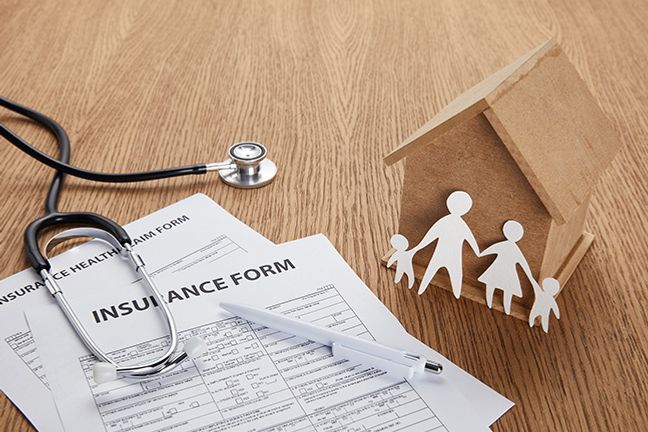 The Law of Unintended Consequences: Including Insurance Brokers in Litigation Strategy Communication May Waive the Attorney-Client Privilege
The Law of Unintended Consequences: Including Insurance Brokers in Litigation Strategy Communication May Waive the Attorney-Client Privilege
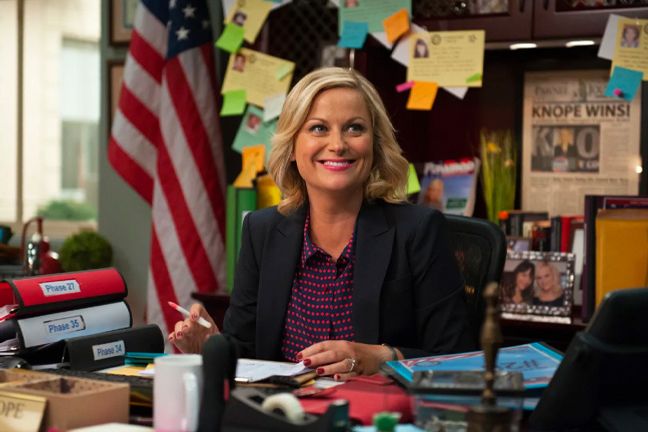 You Poetic, Noble Land Mermaid: A Celebration of “Galentine’s Day”
You Poetic, Noble Land Mermaid: A Celebration of “Galentine’s Day”
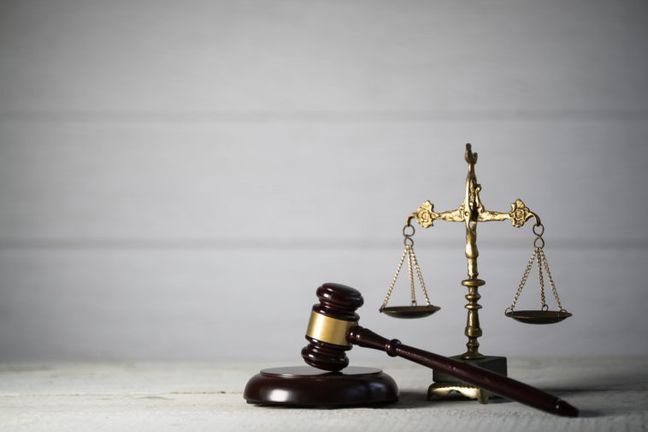 A Tell-All Article on Written Discovery Objections
A Tell-All Article on Written Discovery Objections
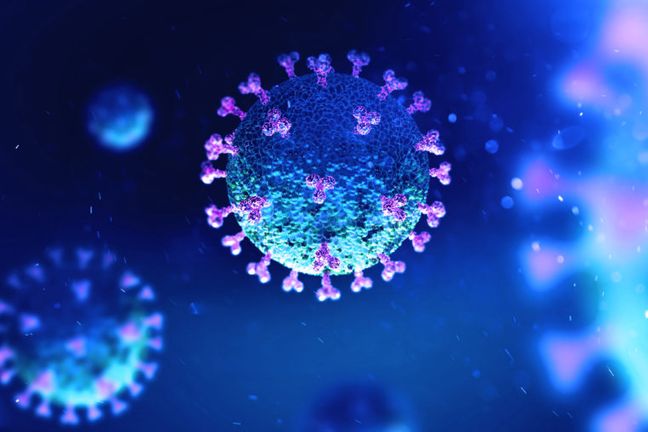 The Wave of Recent COVID-19 Litigation and Trends to Watch For
The Wave of Recent COVID-19 Litigation and Trends to Watch For
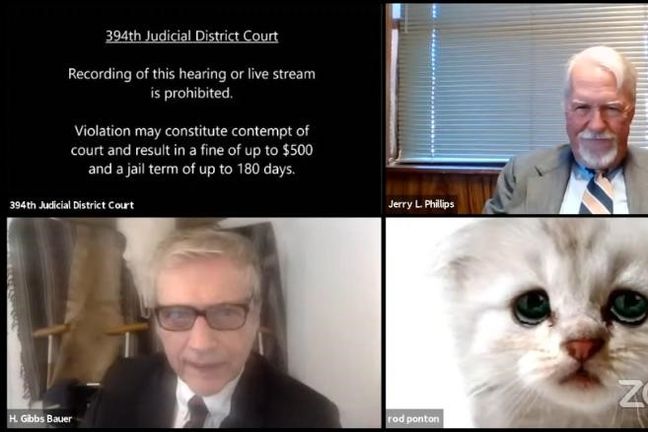 How to Avoid Appearing as a Cat and Other Helpful Virtual Deposition Tips
How to Avoid Appearing as a Cat and Other Helpful Virtual Deposition Tips
 California Court Refuses to Reduce a $9.25 Million Award
California Court Refuses to Reduce a $9.25 Million Award
 Discovery of Litigation Funding Documents
Discovery of Litigation Funding Documents
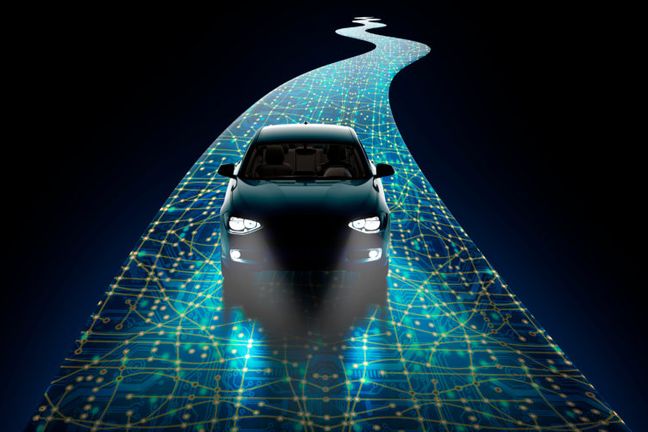 Autonomous Vehicle Legislation
Autonomous Vehicle Legislation
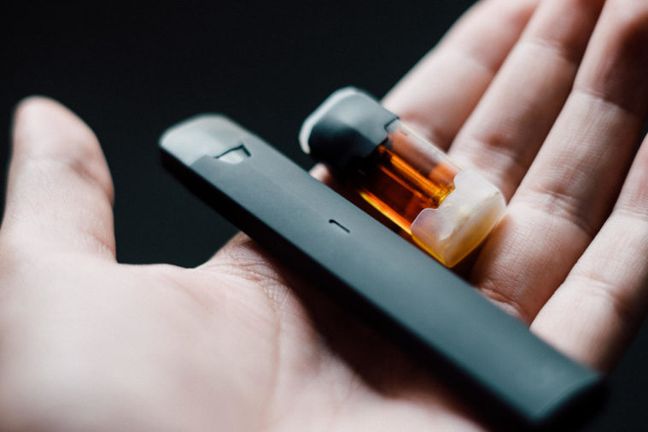 Recent Discovery in Injuries Stemming from “Vaping”
Recent Discovery in Injuries Stemming from “Vaping”